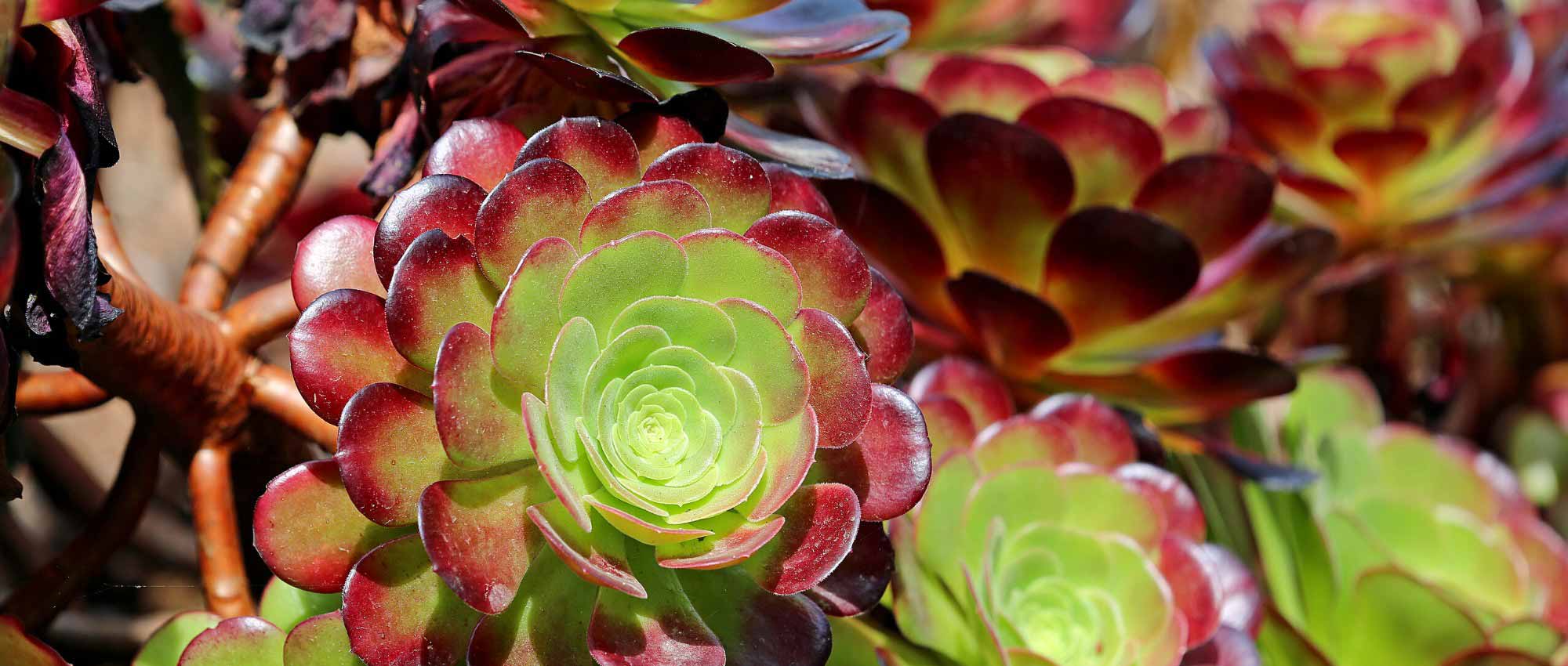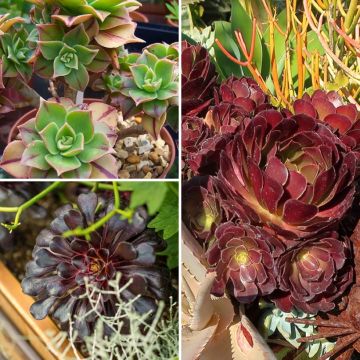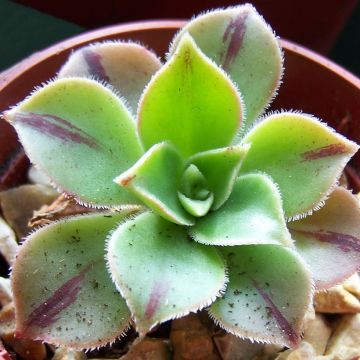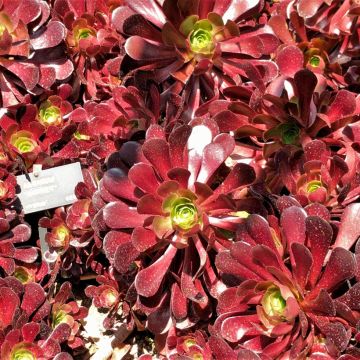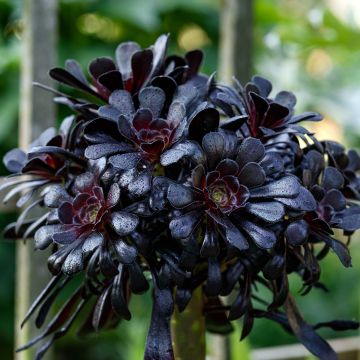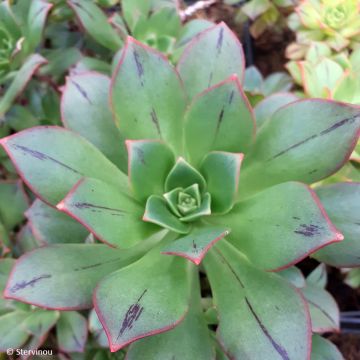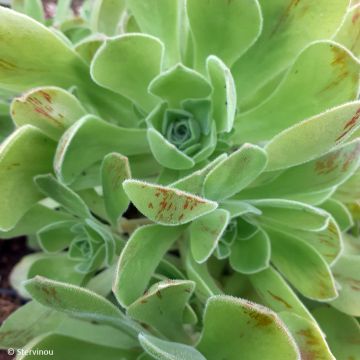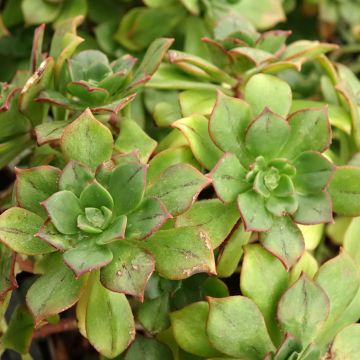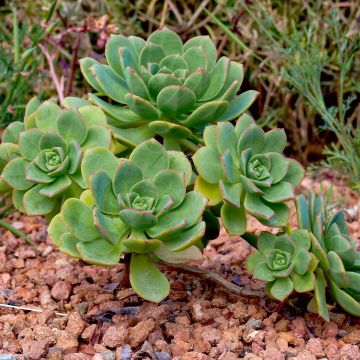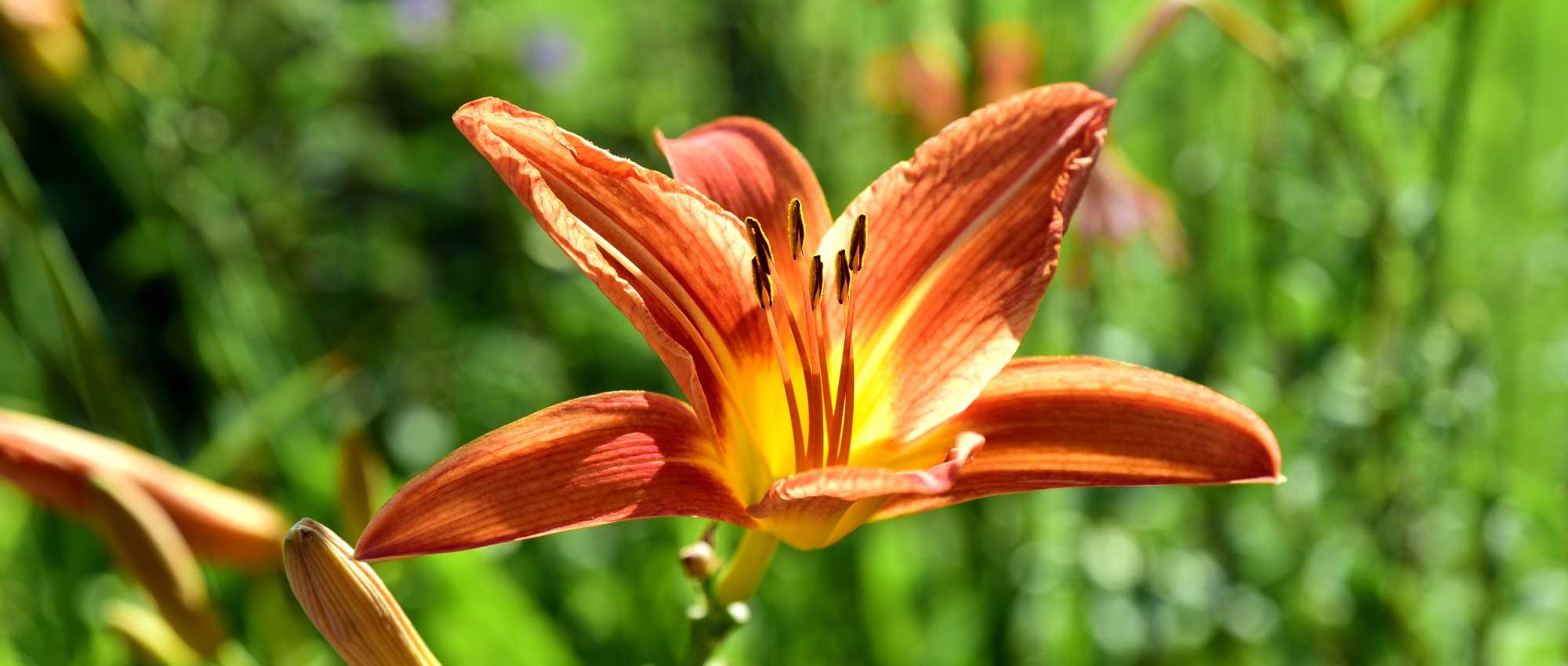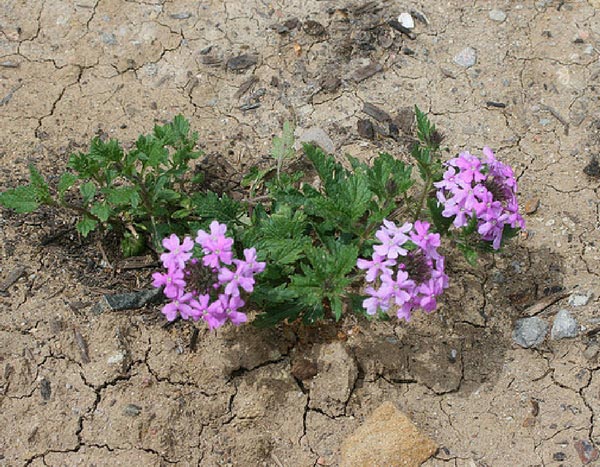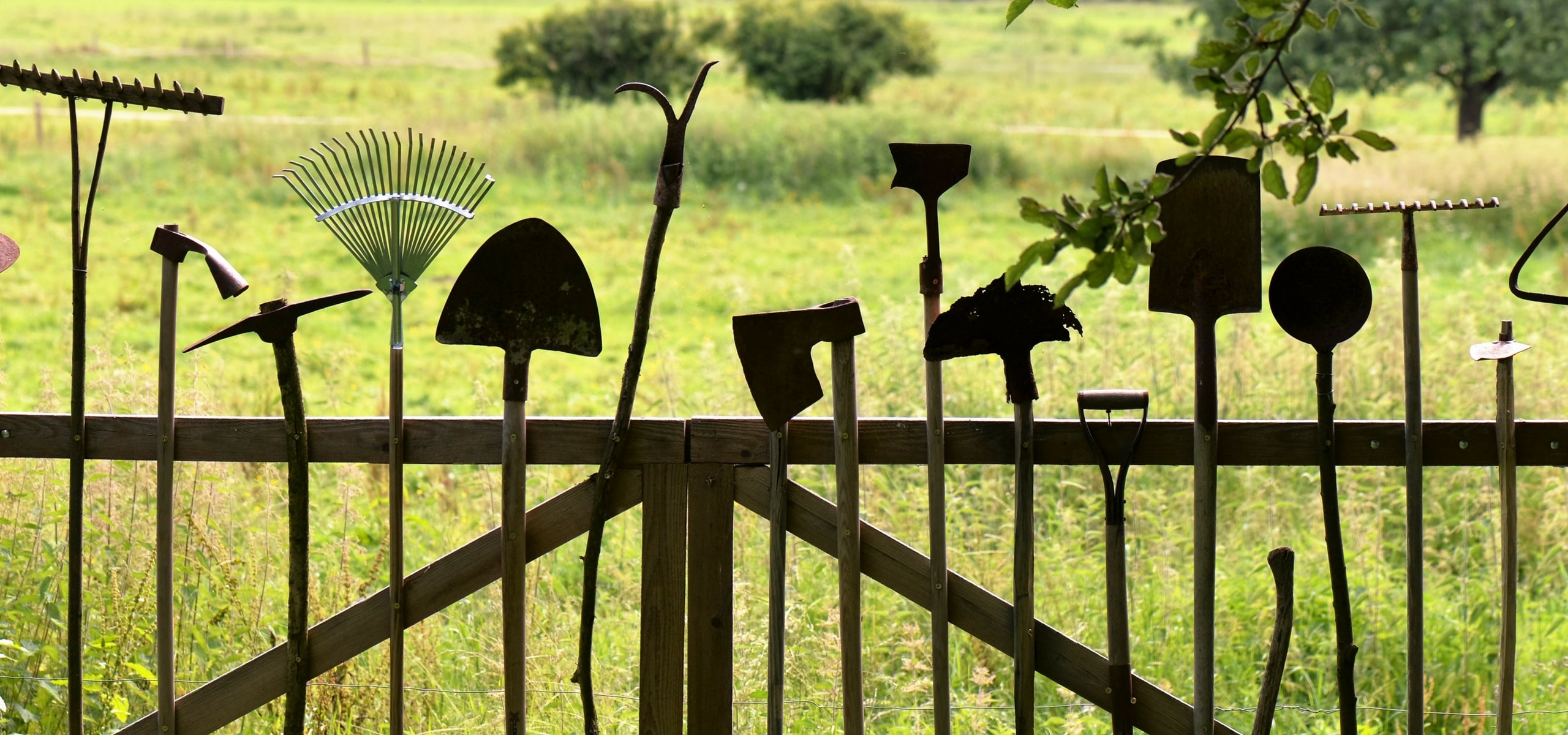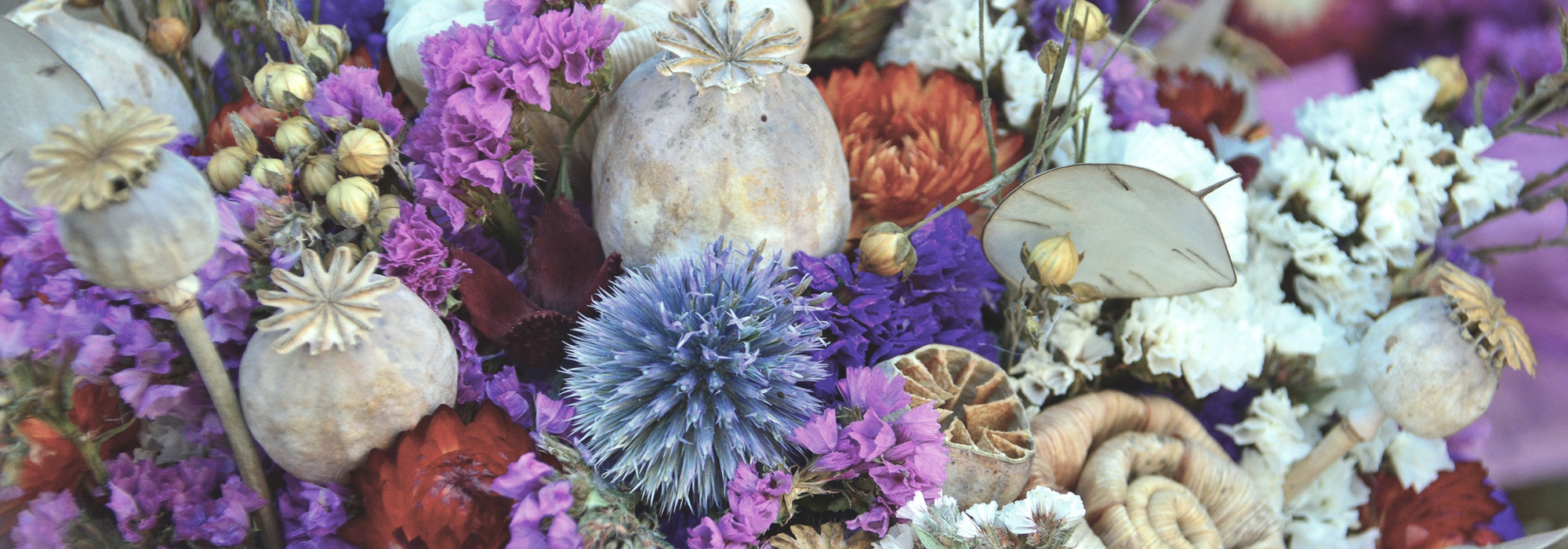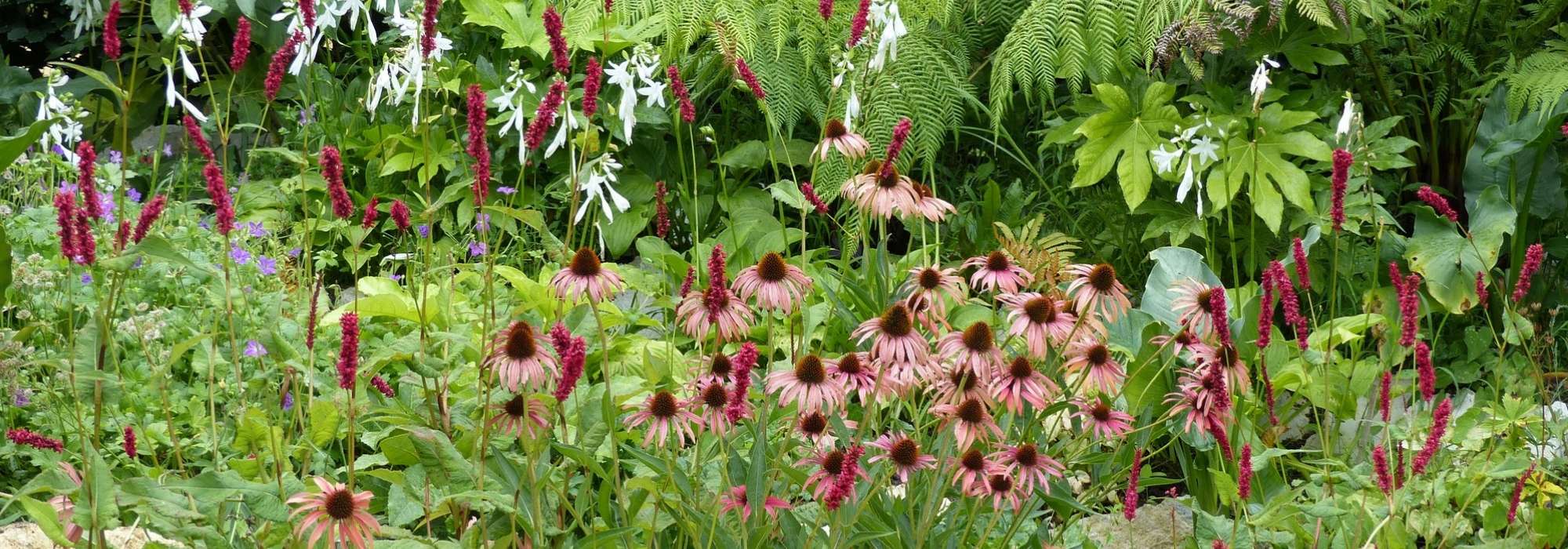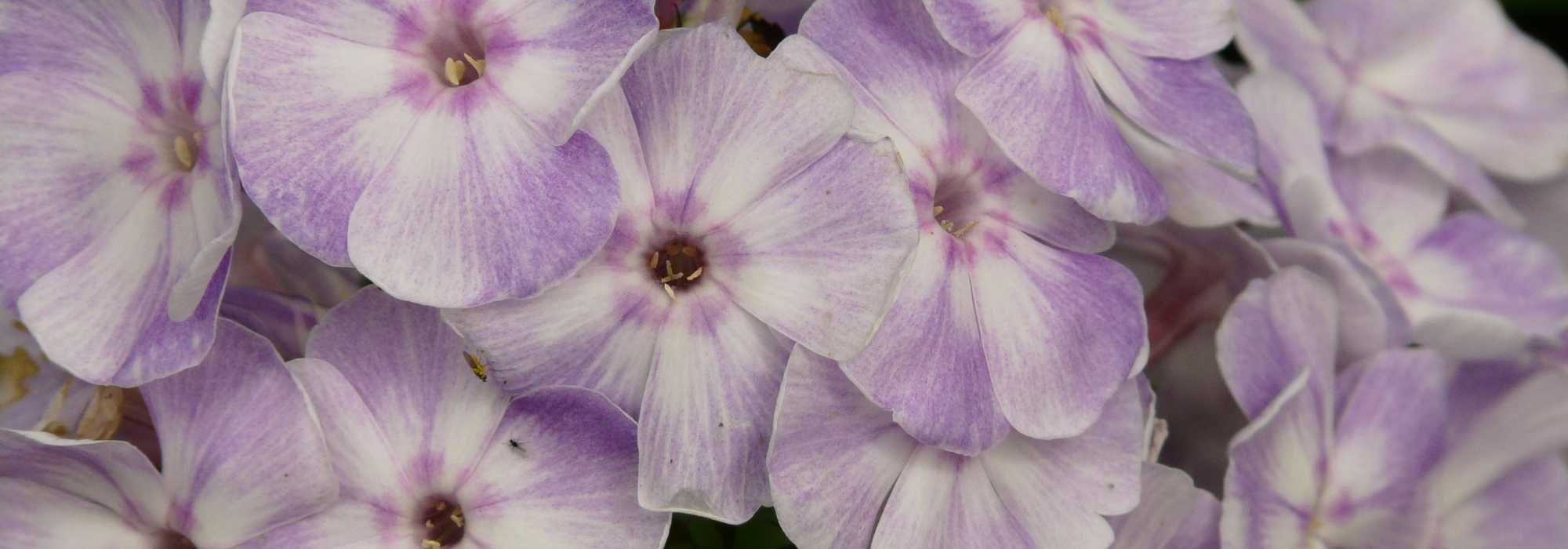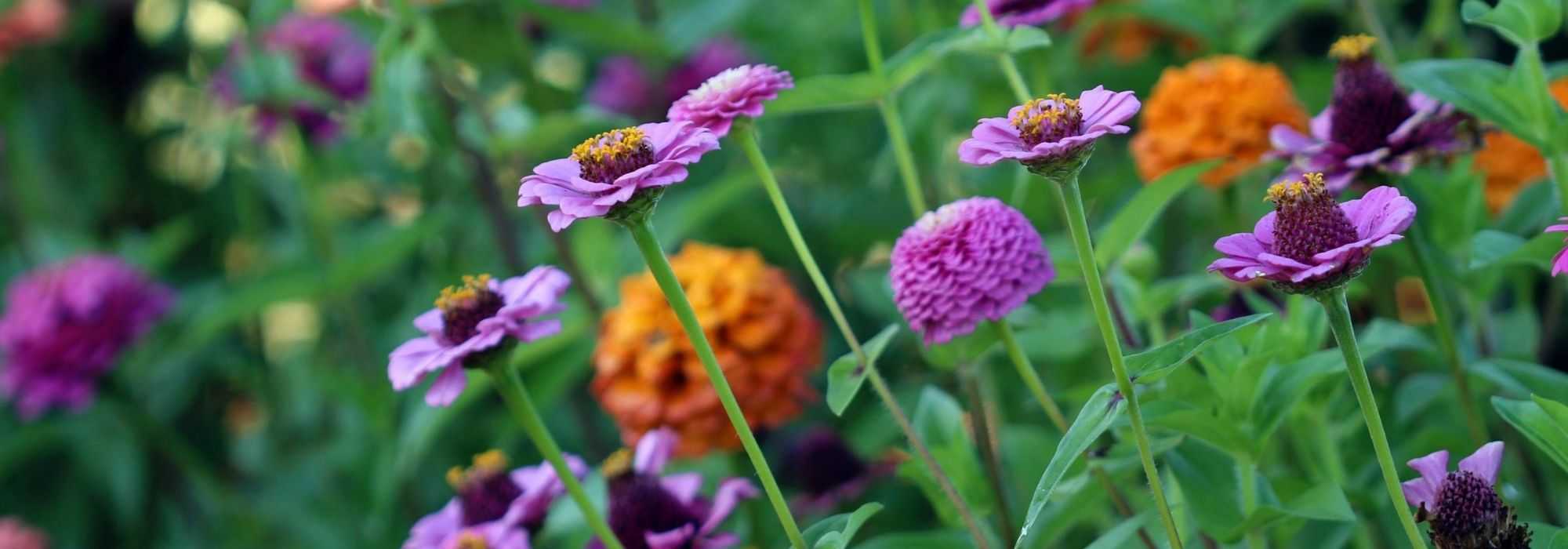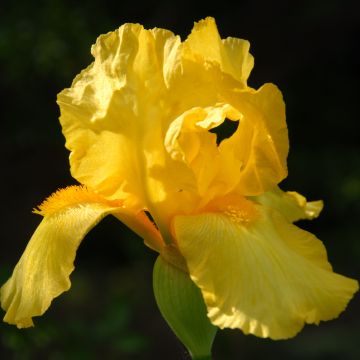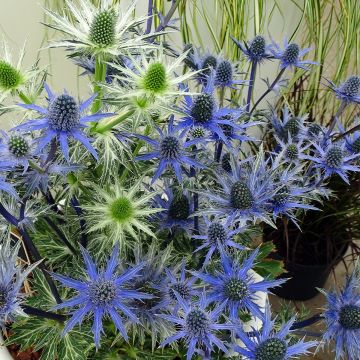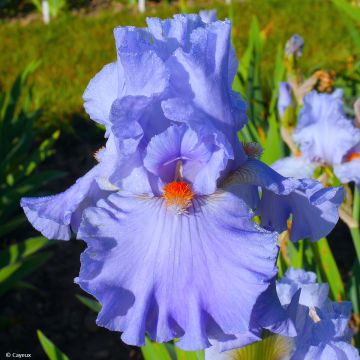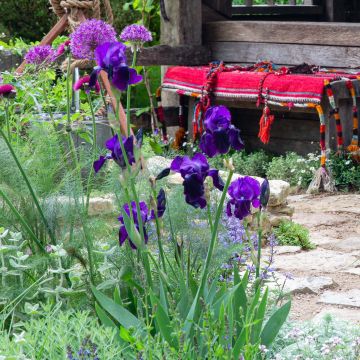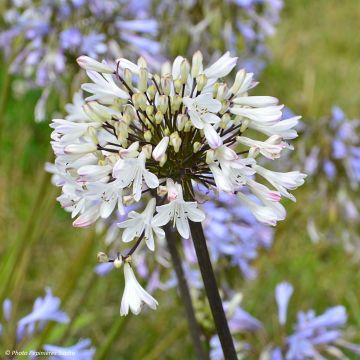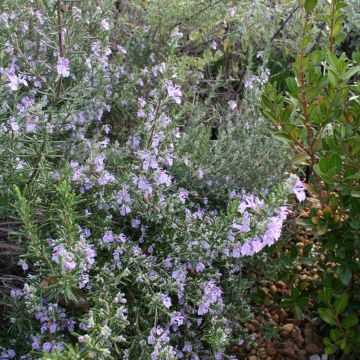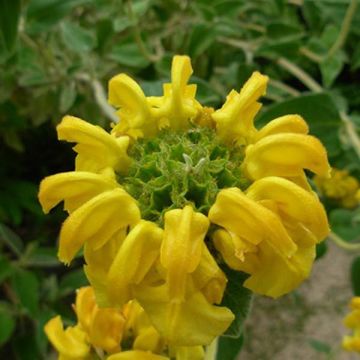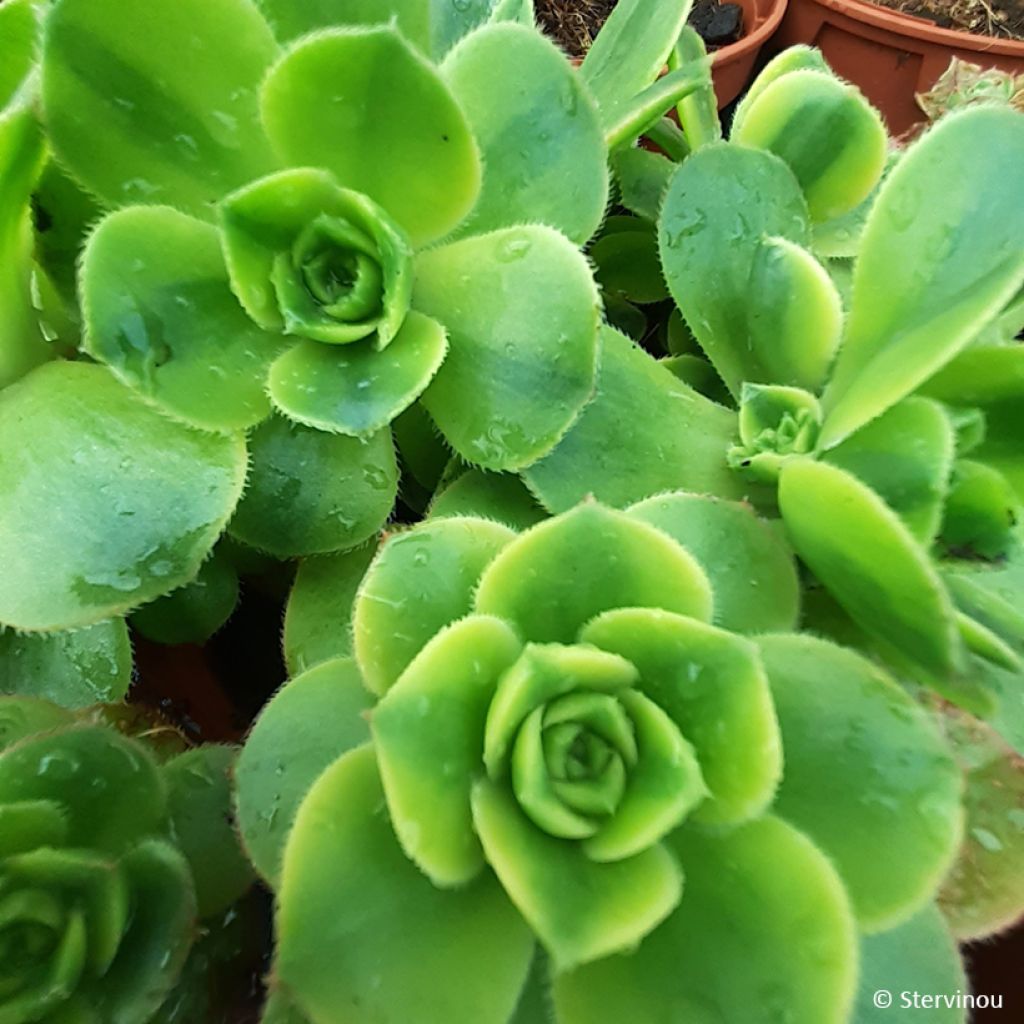

Aeonium Floresens
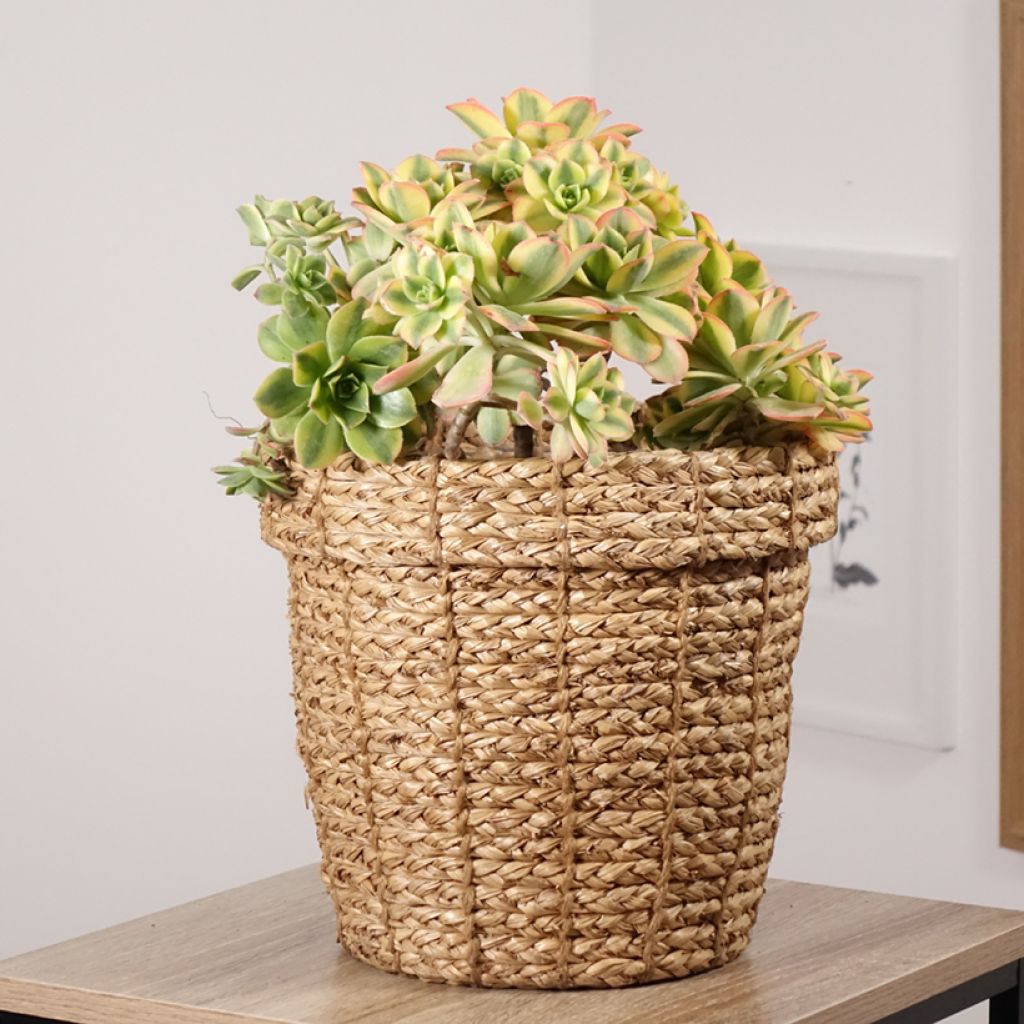

Aeonium Floresens
Aeonium Floresens
Aeonium haworthii Floresens
Tree Aeonium, Tree Houseleek, Irish Rose
Special offer!
Receive a €20 voucher for any order over €90 (excluding delivery costs, credit notes, and plastic-free options)!
1- Add your favorite plants to your cart.
2- Once you have reached €90, confirm your order (you can even choose the delivery date!).
3- As soon as your order is shipped, you will receive an email containing your voucher code, valid for 3 months (90 days).
Your voucher is unique and can only be used once, for any order with a minimum value of €20, excluding delivery costs.
Can be combined with other current offers, non-divisible and non-refundable.
Home or relay delivery (depending on size and destination)
Schedule delivery date,
and select date in basket
This plant carries a 12 months recovery warranty
More information
We guarantee the quality of our plants for a full growing cycle, and will replace at our expense any plant that fails to recover under normal climatic and planting conditions.
Would this plant suit my garden?
Set up your Plantfit profile →
Description
Aeonium 'Floresens' is a succulent plant whose silhouette evokes a bonsai. Very compact and well-branched, its short stems support rosettes made up of overlapping leaves. This geometric aspect of the vegetation greatly contributes to its ornamental interest, as does the colour of the leaves. Bicoloured, their midrib displays a shade of green ranging from dark to light, bordered by a peripheral margin in cream to yellow tones depending on the seasons. The colour contrast is best in summer under the sun. This variety is probably one of the easiest to grow, branching out very well and spontaneously sprouting from the base. Tolerating drought and sun well, it only dislikes frost, but its compactness allows it to be easily grown in a pot to bring indoors in winter.
Aeoniums are one of the 30 genera in the Crassulaceae family, rich in a total of nearly 1400 species. These are mostly small plants, well adapted to arid environments. While some are exotic to us, living in warm climates like the popular Kalanchoe in our homes, others thrive in temperate and even cold climates, such as Sedum (some used in green roofs) or Sempervivum (Houseleek). There are 45 natural species of Aeonium, mostly native to the Canary Islands and of low hardiness, as well as numerous horticultural varieties.
This is the case with Aeonium 'Floresens', whose exact parentage is not certain. It may have been obtained in Asia through a mutation of an Aeonium haworthii, or it could be related to Aeonium 'Dream Colour', no one really knows. This is probably why it was sometimes wrongly named 'Starbust' when it first appeared, before 'Floresens' established itself as the true name. What everyone agrees on is the stability of its variegation, as well as its ease of cultivation. A slow-growing variety, it branches out particularly well and at maturity forms a pseudo-bonsai 30 cm in height and diameter. It also sprouts very well from the base, giving it a rather bushy and very ornamental appearance. Each short axis supports a medium-sized rosette, measuring up to 10 cm in diameter. It consists of obovate leaves, narrow at the base and widening in the upper third, with a rounded end, presenting a slight point or ending in a wedge shape. The leaf blade is curiously hairy, with the leaf margin adorned with small, short hairs. The leaves are succulent, quite thick and water-rich, and their colour combination is very ornamental. Each leaf has an irregularly wide midrib, in a shade of lighter or darker green, bordered on both sides by a wide cream to yellow margin. This colour contrast is most intense in summer, under the sun's effect, while the leaves tend to lighten in winter, sometimes losing their variegation and becoming entirely green for a few weeks at the end of winter.
Although rare in cultivation, the flowering is quite charming, taking the form of corymbs grouping about thirty small flowers about 1.5 cm in diameter, with a regular star-shaped form, as geometric as the arrangement of the rosette leaves.
Aeonium 'Floresens' is probably one of the best variegated varieties of the genus and will appeal to succulent plant enthusiasts. You can only plant it in the ground in the most sheltered areas due to its low hardiness. Elsewhere, you can easily cultivate it in a decorative pot that will adorn your balcony or terrace throughout the warm season, and then overwinter it in a bright, frost-free room. To complement your exotic scene, reserve another pot for Aeonium arboreum 'Schwartzkopf', whose almost black leaves will create a striking contrast with those of 'Floresens'. To further enhance the exotic touch, introduce a Bird of Paradise (Strelitzia reginae) with beautiful leaves in a glaucous green vaguely reminiscent of small banana trees, with a flower like the head of an exotic bird with a long beak and an extremely striking orange crest. And as a final touch, Agave victoriae reginae will bring a neat architectural touch with its perfect rosette of light green leaves edged in white...
Aeonium Floresens in pictures


Flowering
Foliage
Plant habit
Botanical data
Aeonium
haworthii
Floresens
Crassulaceae
Tree Aeonium, Tree Houseleek, Irish Rose
Cultivar or hybrid
Other Aeonium
View all →Planting and care
Aeonium Floresens, resistant to heat and drought, requires a light, well-drained, sandy, poor, even slightly limestone soil. Plant it in spring, after the last frosts, in open ground, in a coastal, mild, or hot and dry climate. Plant in pots all year round, sheltered from frost of course. It thrives in the sun (or in partial shade in the south when variegation will be less pronounced), and likes to have warm roots. It is sensitive to frost from -2°C and can only be planted outdoors in very mild climates, where frost is occasional and not intense. Overwinter this plant in an unheated, but frost-free and bright location. Water moderately from autumn to spring, and sparingly in summer. Remove faded inflorescences and dead branches.
Planting period
Intended location
Care
Planting & care advice
This item has not been reviewed yet - be the first to leave a review about it.
Similar products
Haven't found what you were looking for?
Hardiness is the lowest winter temperature a plant can endure without suffering serious damage or even dying. However, hardiness is affected by location (a sheltered area, such as a patio), protection (winter cover) and soil type (hardiness is improved by well-drained soil).

Photo Sharing Terms & Conditions
In order to encourage gardeners to interact and share their experiences, Promesse de fleurs offers various media enabling content to be uploaded onto its Site - in particular via the ‘Photo sharing’ module.
The User agrees to refrain from:
- Posting any content that is illegal, prejudicial, insulting, racist, inciteful to hatred, revisionist, contrary to public decency, that infringes on privacy or on the privacy rights of third parties, in particular the publicity rights of persons and goods, intellectual property rights, or the right to privacy.
- Submitting content on behalf of a third party;
- Impersonate the identity of a third party and/or publish any personal information about a third party;
In general, the User undertakes to refrain from any unethical behaviour.
All Content (in particular text, comments, files, images, photos, videos, creative works, etc.), which may be subject to property or intellectual property rights, image or other private rights, shall remain the property of the User, subject to the limited rights granted by the terms of the licence granted by Promesse de fleurs as stated below. Users are at liberty to publish or not to publish such Content on the Site, notably via the ‘Photo Sharing’ facility, and accept that this Content shall be made public and freely accessible, notably on the Internet.
Users further acknowledge, undertake to have ,and guarantee that they hold all necessary rights and permissions to publish such material on the Site, in particular with regard to the legislation in force pertaining to any privacy, property, intellectual property, image, or contractual rights, or rights of any other nature. By publishing such Content on the Site, Users acknowledge accepting full liability as publishers of the Content within the meaning of the law, and grant Promesse de fleurs, free of charge, an inclusive, worldwide licence for the said Content for the entire duration of its publication, including all reproduction, representation, up/downloading, displaying, performing, transmission, and storage rights.
Users also grant permission for their name to be linked to the Content and accept that this link may not always be made available.
By engaging in posting material, Users consent to their Content becoming automatically accessible on the Internet, in particular on other sites and/or blogs and/or web pages of the Promesse de fleurs site, including in particular social pages and the Promesse de fleurs catalogue.
Users may secure the removal of entrusted content free of charge by issuing a simple request via our contact form.
The flowering period indicated on our website applies to countries and regions located in USDA zone 8 (France, the United Kingdom, Ireland, the Netherlands, etc.)
It will vary according to where you live:
- In zones 9 to 10 (Italy, Spain, Greece, etc.), flowering will occur about 2 to 4 weeks earlier.
- In zones 6 to 7 (Germany, Poland, Slovenia, and lower mountainous regions), flowering will be delayed by 2 to 3 weeks.
- In zone 5 (Central Europe, Scandinavia), blooming will be delayed by 3 to 5 weeks.
In temperate climates, pruning of spring-flowering shrubs (forsythia, spireas, etc.) should be done just after flowering.
Pruning of summer-flowering shrubs (Indian Lilac, Perovskia, etc.) can be done in winter or spring.
In cold regions as well as with frost-sensitive plants, avoid pruning too early when severe frosts may still occur.
The planting period indicated on our website applies to countries and regions located in USDA zone 8 (France, United Kingdom, Ireland, Netherlands).
It will vary according to where you live:
- In Mediterranean zones (Marseille, Madrid, Milan, etc.), autumn and winter are the best planting periods.
- In continental zones (Strasbourg, Munich, Vienna, etc.), delay planting by 2 to 3 weeks in spring and bring it forward by 2 to 4 weeks in autumn.
- In mountainous regions (the Alps, Pyrenees, Carpathians, etc.), it is best to plant in late spring (May-June) or late summer (August-September).
The harvesting period indicated on our website applies to countries and regions in USDA zone 8 (France, England, Ireland, the Netherlands).
In colder areas (Scandinavia, Poland, Austria...) fruit and vegetable harvests are likely to be delayed by 3-4 weeks.
In warmer areas (Italy, Spain, Greece, etc.), harvesting will probably take place earlier, depending on weather conditions.
The sowing periods indicated on our website apply to countries and regions within USDA Zone 8 (France, UK, Ireland, Netherlands).
In colder areas (Scandinavia, Poland, Austria...), delay any outdoor sowing by 3-4 weeks, or sow under glass.
In warmer climes (Italy, Spain, Greece, etc.), bring outdoor sowing forward by a few weeks.






























